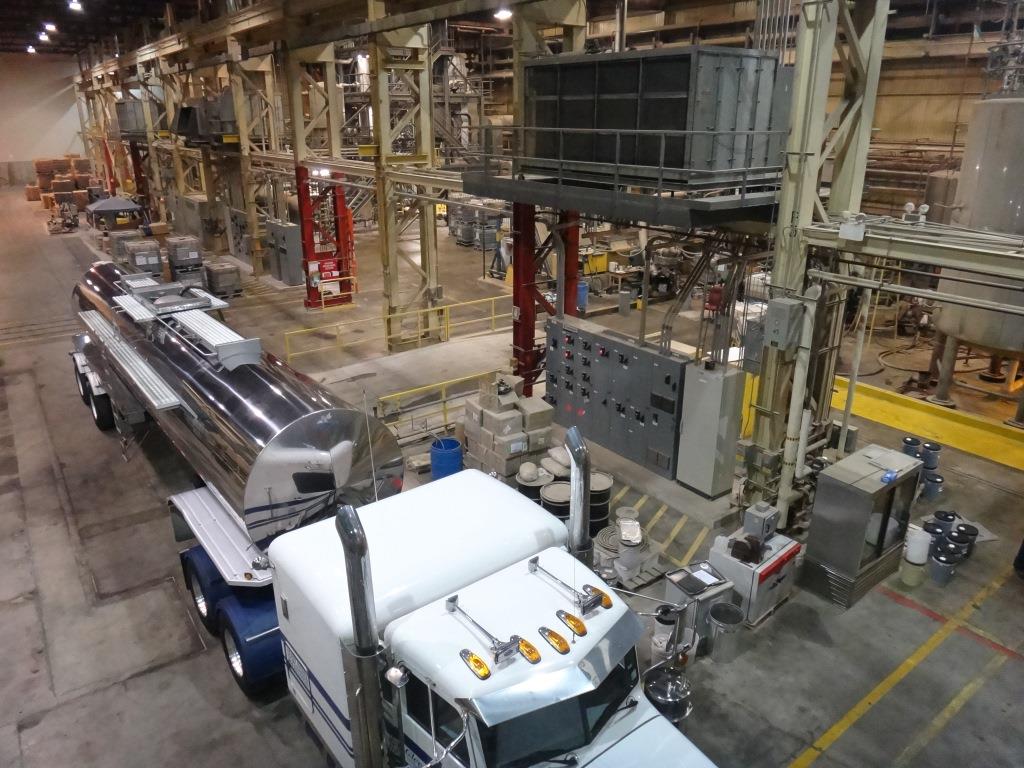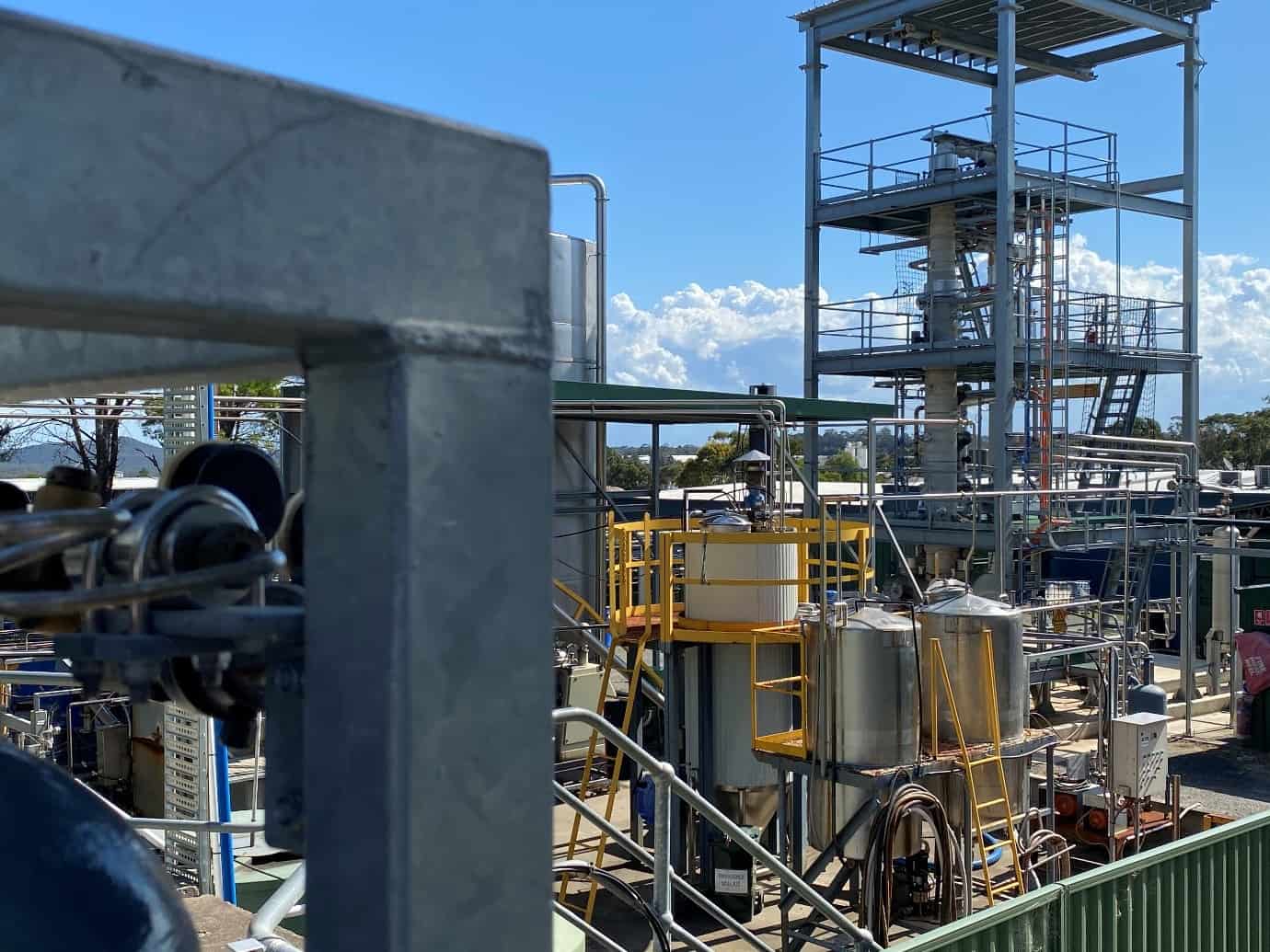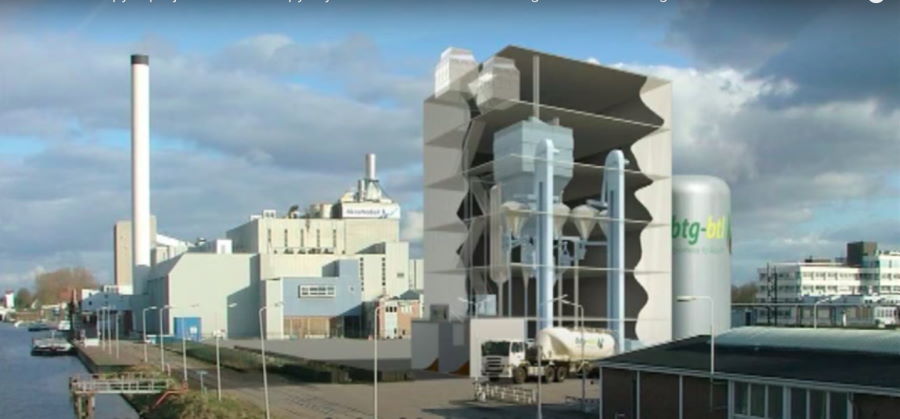Technology Status and Summary
Key Points
- Bio-oil and Bio-crude remain viable energy carriers as a form of liquid biomass.
- There are a wide variety of commercializing applications demonstrating success.
The bio-crudes and bio-oils are biomass in a liquid form that is more easily pumpable, storable, and transportable; and has the potential for extraction of various useful chemicals.
Commercialization continues to face economic and other non-technical barriers when trying to penetrate the energy markets. Yet there are a growing variety of companies and technologies working towards or have achieved commercialized applications.

There are seven commercially operating pyrolysis plants, with a further two under construction. Four of commercial plants use Ensyn technology, 2 use BTG-Bioliquid and the seventh uses Valmet’s technology. These technologies are described through the following links:
There is one commercial plant using Hydrothermal Liquefaction (HTL) underconstruction in collaboration between Canfor and Licella. Licella and Steeper Energy also have large scale demonstration plants. Their technologies are described below:
- Licella – Solvent Liquefaction
- Steeper Energy – Solvent Liquefaction
While the scale is small compared to the petroleum economy, these pioneer applications are leveraging opportunity feedstocks, market and social incentives, and contexts where biomass energy can solve unique challenges. Through their successes, the existing barriers to market adoption of bio-crudes and bio-oils will be reduced to open the door for other technologies and applications. The challenge of growing the biomass energy market is bigger than any one technology, company, or country.

There are specific challenges facing utilisation of bio-crudes and bio-oil as a product or intermediate to higher value products:
- Uncertainty of long term cost estimates
- Supply and availability for planning purposes
- There is a need to establish new recognized standards for use and distribution
- Rational insertion points for bio-oil and bio-crude into the (not completely compatible) hydrocarbon economy
- Familiarity with bio-oil and bio-crudes
- Material incompatibility with existing fuel handling system
As far as improving technologies, the needs are:
- Long term operation of large scale reactor systems
- Demonstration of actual production costs
- Establishing minimum product quality with standards for producers and users
- Understanding measures for safe handling, transport and usage
- Supporting pioneer applications and identifying niche markets for bio-oils and bio-crudes
- Information dissemination



